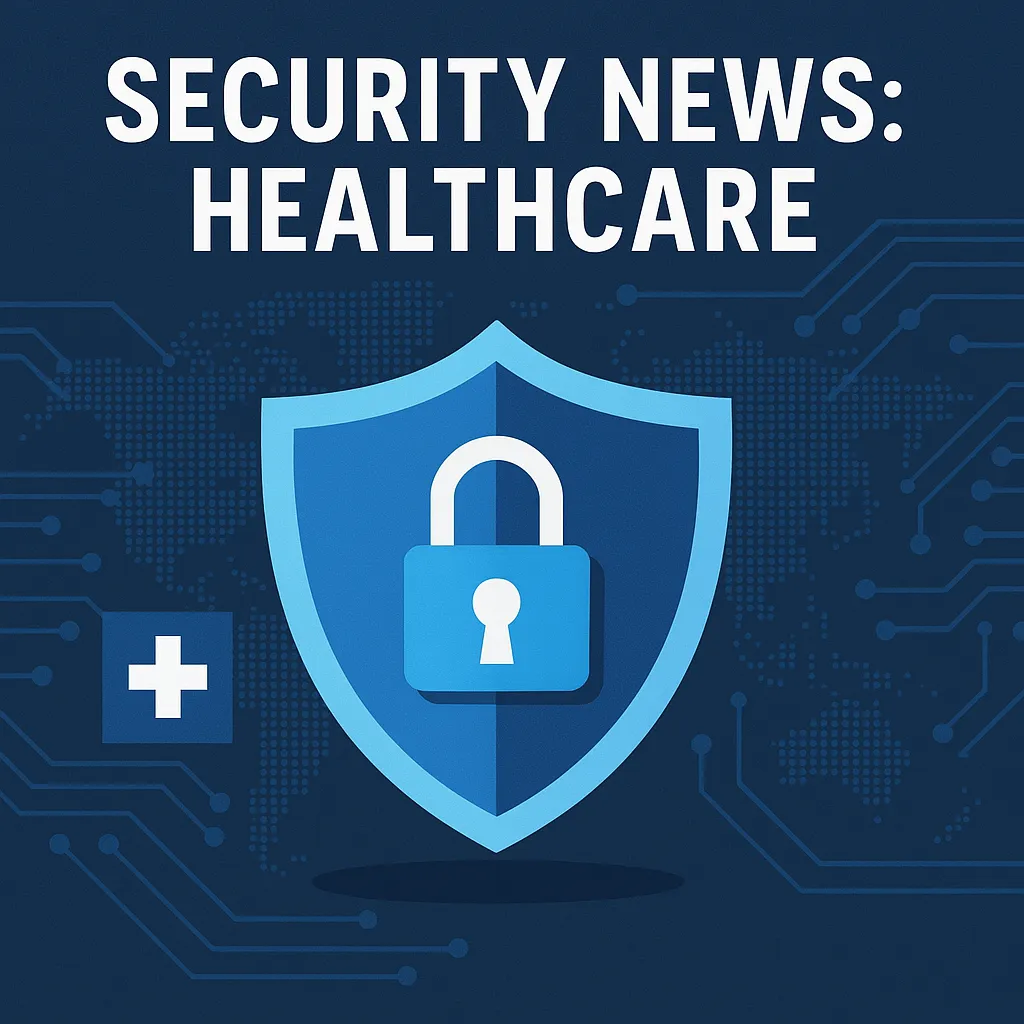The Persistent Threat of Healthcare Data Breaches
Healthcare data breaches continue to be a pressing issue, posing significant risks to patient privacy and institutional integrity. This article delves into the frequency, impact, and prevention of these breaches in the healthcare sector.
Understanding Data Breaches
A data breach occurs when secure or private information is released to an untrusted environment, either intentionally or unintentionally. In the context of healthcare, this could mean unauthorized access to patients' medical records, payment information, or personal details.
Recent High-Profile Breaches
In 2011, the TRICARE healthcare program experienced a massive data breach affecting approximately 4.9 million individuals (NetSec.News). More recently, Yale New Haven Health reported a breach impacting 5.5 million patients in 2025 (Packet Storm News), and a staggering incident at Change Healthcare in 2024 compromised over 100 million people's data (Apple News). These examples underscore the escalating scale and frequency of healthcare data breaches.
Technical Vulnerabilities Exploited
The means by which data breaches occur can vary, but they often involve exploitation of network vulnerabilities, inadequate security protocols, or even inside jobs. For instance, a common attack vector is phishing, where attackers deceive healthcare employees into providing access credentials.
Impact on Patients and Providers
Data breaches can have far-reaching consequences. For patients, the exposure of sensitive health information can lead to identity theft, discrimination, and emotional distress. Healthcare providers face financial losses, legal penalties, and a tarnished reputation, which can erode public trust.
Protective Measures
To counteract these threats, healthcare institutions are increasingly investing in robust cybersecurity measures. These include advanced encryption technologies, two-factor authentication, and continuous monitoring of network activity.
Future Outlook and Advice
While technology advances, so do the techniques employed by cybercriminals. It is crucial for healthcare organizations to stay ahead of these threats through proactive cybersecurity practices and by fostering a culture of security awareness among all employees.
Takeaway: Patients should be vigilant about where and how their data is being used, and providers must continuously enhance their cybersecurity efforts to protect against data breaches.

